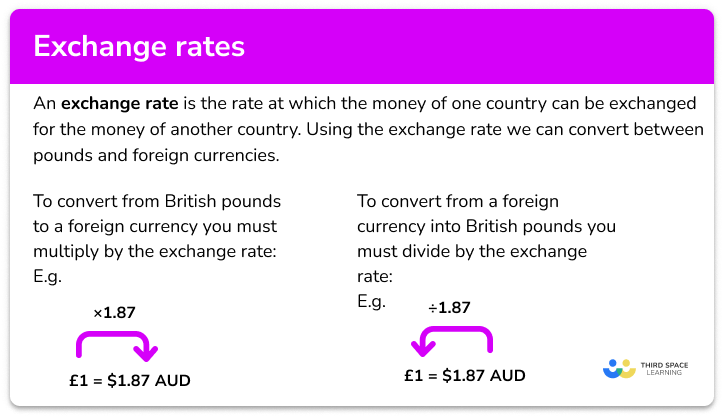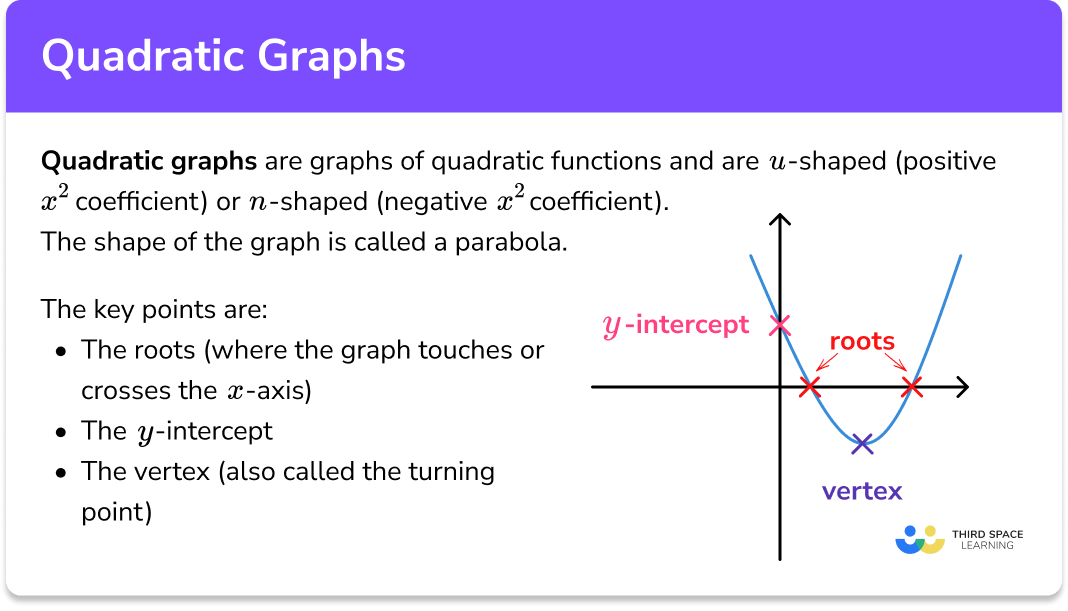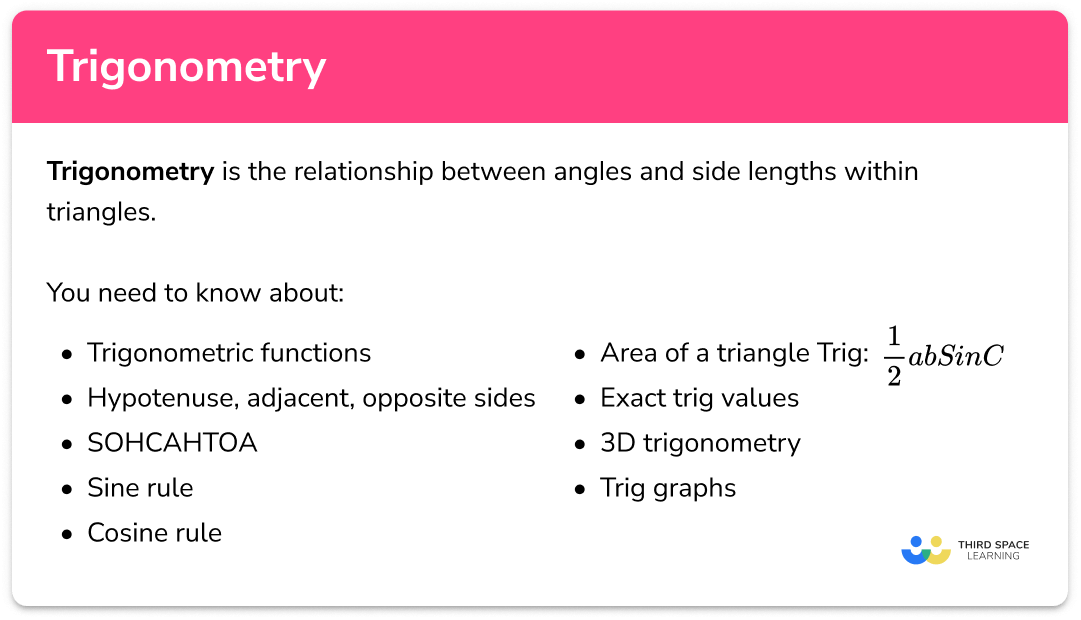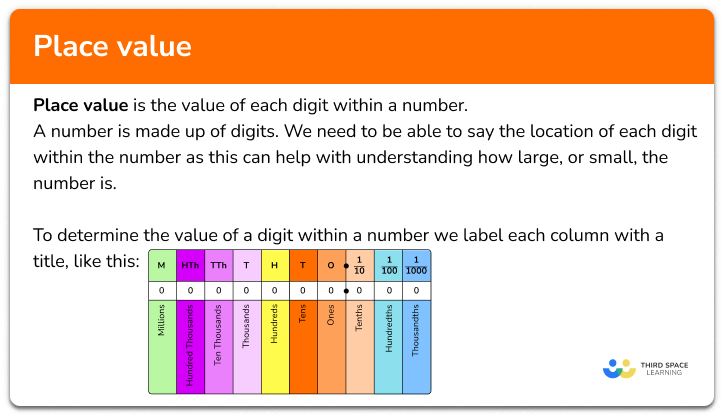FREE DOWNLOAD
Conversion Graphs Worksheet

Help your students prepare for their Maths GCSE with this free conversion graphs worksheet of 18 questions and answers
- Section 1 of the conversion graphs worksheet worksheet contains 12 skills-based conversion graphs questions, in 3 groups to support differentiation
- Section 2 contains 4 applied conversion graphs questions with a mix of word problems and deeper problem solving questions
- Section 3 contains 4 foundation and higher level GCSE exam questions including word problems
- Answers and a mark scheme for all exam questions are provided
- Questions follow variation theory with plenty of opportunities for students to work independently at their own level
- All questions are created by fully qualified expert secondary maths teachers
- Suitable for GCSE maths revision for AQA, OCR and Edexcel exam boards
- Free downloadable and printable resources
Conversion graphs at a glance
Conversion graphs are graphs which are plotted to allow us to easily convert between two units of measurement. For example, a conversion graph could be plotted for converting the imperial units of inches to the metric units of centimetres.
The conversion factor between two units of measurement is represented by the gradient of a conversion graph. To plot a conversion graph, we can use the conversion factor to calculate two or three conversions between the two units and then plot these onto the graph before joining them with a straight line.
We can use a conversion graph to make conversions. Let’s say we have a conversion graph showing US dollars along the horizontal axis and UK pounds along the vertical axis. To convert a given number of dollars to pounds, we would draw a vertical line from that value on the horizontal axis to the conversion line. We would then draw a horizontal line from that point to the vertical axis and read off the value in pounds.
Looking forward, students can then progress to additional exchange rates and conversion rates worksheet and other ratio and proportion worksheets, for example a ratio worksheet or a simplifying and equivalent ratios worksheet.

For more teaching and learning support on Ratio and Proportion our GCSE maths lessons provide step by step support for all GCSE maths concepts.
When you have students who require more intensive support our one to one GCSE maths revision programme will match them with the most appropriate tutor. This way we can provide individual students with personalised programmes of study while you continue to teach the rest of your class as a whole group.
Our maths interventions are currently only available for GCSE students, and are not suitable for A level students.
Do you have students who need additional support?

With Third Space Learning's secondary maths tutoring programmes, students in Year 7-11 receive regular one to one maths tutoring to address gaps, build confidence and boost progress.
"My confidence in the tutoring is high. We've had some phenomenal results. I even had one girl get a Grade 8 this year; she came to every tutoring session."
Stacey Atkins, Maths Director, Outwood Grange Academies Trust




